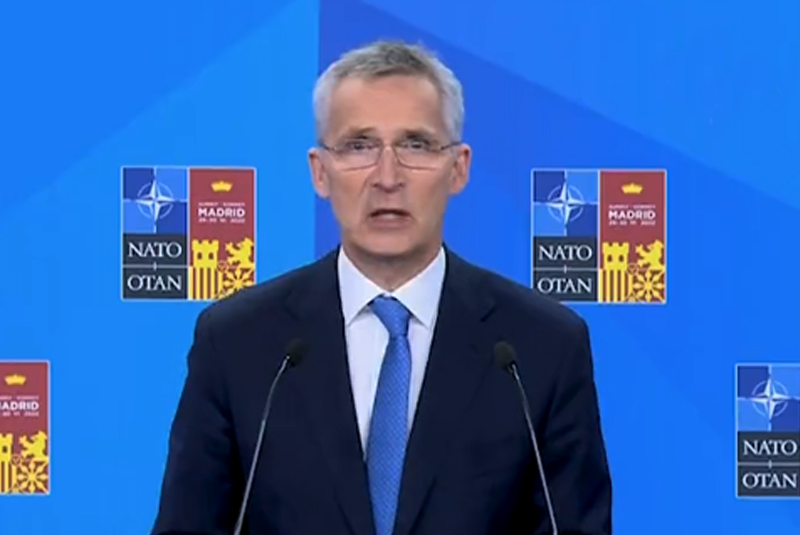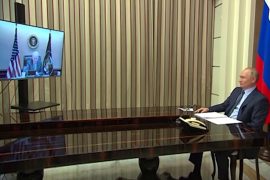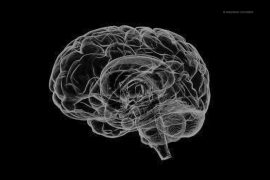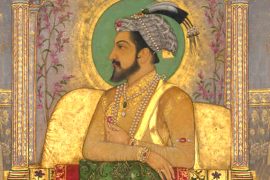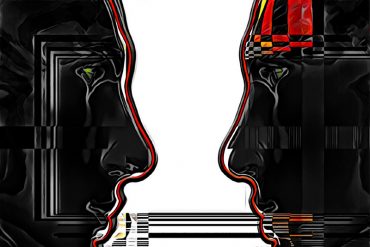Against a backdrop of unprecedented turmoil – the first major war in Europe in three decades, the highest inflation rates in decades and a rapidly worsening global food crisis – western leaders have met for two major summits. The G7 met in Germany and Nato leaders gathered in Madrid. The outcomes of both events indicate the limits of western-dominated global governance and deepening polarisation.
Both summits were dominated by the war in Ukraine, and both pledged continued support for Ukraine “for as long as it takes”. But the direct effects of such declarations are at best symbolic.
On June 27, while G7 leaders met at a castle in Bavaria, a Russian attack destroyed a shopping centre in Kremenchuk in central Ukraine, killing several people. And as Nato branded Russia “the most significant and direct threat to Allies’ security and to peace and stability in the Euro-Atlantic area” in its new strategic concept, Russian forces further stepped up their offensive in eastern Ukraine and expanded their campaign of destroying populated areas across Ukraine.
It would be unrealistic to expect that summit declarations and pledges result in immediate and lasting solutions to the deep crises that the world is currently facing. But the problem that both the G7 and Nato meetings expose goes deeper.
An ‘equitable world’
The German G7 presidency adopted “progress towards an equitable world” as its objective in January 2022. This was before the Russian invasion of Ukraine, which made it all but impossible to make any meaningful progress towards attaining such an ambitious goal. Even not backsliding on climate change goals or mitigating, let alone reversing, the worst of the global food crisis seem beyond the grasp of the leaders of the world’s richest democracies.
This is despite an announcement of an additional US$4.5 billion (£3.7 billion) of funding to ensure global food security, bringing G7 commitments so far this year to over US$14bn.
Even on more immediate challenges, such as the cost-of-living crisis, the G7 leaders have few effective responses to offer. This is partly, if not predominantly, because the key drivers of the global economic crisis are simply outside the control of a western club of states.
They can do nothing much about Putin’s war in Ukraine, his blockade of Ukrainian food exports, and his reduction of gas flows to the EU. The negative effects of these non-military tools of war will only increase over time, particularly when winter comes.
Facing China
Nor have G7 leaders any influence on China’s zero-COVID policy. This poses a major challenge to global supply chains by disrupting the production of electronics and computer components and a range of other goods destined for global markets.
The continued absence of China – the world’s second-largest economy – from the G7 may not be surprising given that, politically, the G7 democracies and a country ruled by a communist party have little in common. But there was little sign of a genuinely more cooperative approach with China – rather a list of criticisms and demands directed at China in the G7 Leaders’ Communiqué. This doesn’t bode well for the future.
And the announcement of a US$600bn Partnership for Global Infrastructure and Investment to compete with China’s Belt and Road Initiative in developing countries smacks of desperation rather than a credible alternative. The partnership is significantly less ambitious than its failed predecessor, the Build Back Better World Partnership, announced at last year’s G7 summit.
Perhaps most telling of the limits of the G7 to model global governance in their own image was the failure of reaching an agreement with other countries invited to the summit on the future direction of international order. If there was any hope that the G7 and the EU would convince the leaders of Argentina, India, Indonesia, Senegal and South Africa to take a clear stance against Russian and Chinese attempts to destroy the current international order, the fairly vacuous “Resilient Democracies Statement” made short shrift of them. It failed to mention the war in Ukraine even once.
Divided world
This growing divide between a small group of rich liberal democracies and the rest of the world was also evident at the Nato summit in Madrid, albeit in a different way. Already in his opening statement, Nato secretary general, Jens Stoltenberg, made it clear that this summit would “take important decisions to strengthen Nato in a more dangerous and competitive world where authoritarian regimes like Russia and China are openly challenging the rules-based international order”.
These have included the adoption of a new strategic concept, the increase of high-readiness troops from currently 40,000 to 300,000 by next year, and an invitation to Finland and Sweden to join the alliance.
Stoltenberg may have denied at a press conference that there were any discussions of creating a Nato equivalent in the Asia-Pacific. But the ambition towards a more global defence and deterrence posture of Nato members is clear from the list of invited partner countries, which included Australia, Japan, Korea and New Zealand. According to the Madrid Summit Declaration, their participation “demonstrated the value of our cooperation in tackling shared security challenges”.
Taken together, the waning ability of the G7 to address critical economic issues at a global level and the retrenchment of Nato members into a cold war-like defence and deterrence posture signal a fundamental change in the international order. The post-cold war illusion of US-led unipolarity may be long gone, but it will not be replaced by a multi-polar world either.
As Russia’s last-ditch attempt to make the future tripolar is stalling on the battlefields of Ukraine, all the signs are that countries around the world will have to decide whether they will side with China or the US in a new bipolar future. The G7 and Nato summits may be the first signs that only a minority will opt for the latter.
This story first appeared in The Conversation
-30-
Copyright©Madras Courier, All Rights Reserved. You may share using our article tools. Please don't cut articles from madrascourier.com and redistribute by email, post to the web, mobile phone or social media.Please send in your feed back and comments to [email protected]

